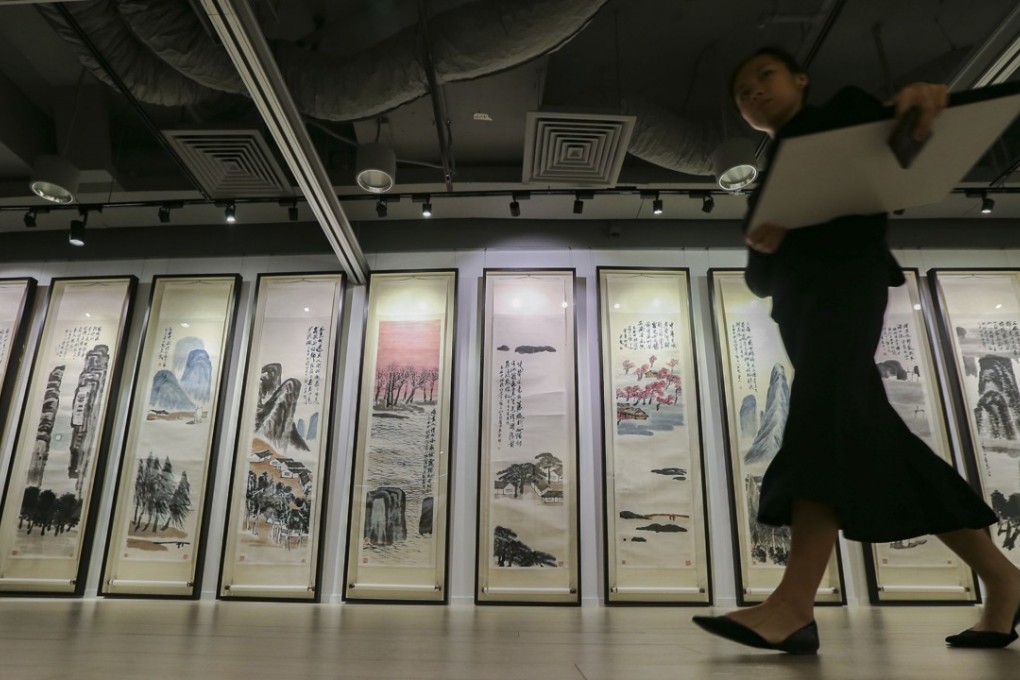Can digitalisation and millennial shoppers sustain luxury market’s rebound?
Analysts offer their views on how the US$1.48 trillion luxury market will trend

The global luxury goods market is enjoying an upswing, thanks to growing wealth among mainland Chinese consumers, along with digitisation and “millenialisation” – adapting to young customers’ demand – that could further drive its growth.
The market, valued at an estimated €1.2 trillion (US$1.48 trillion) in 2017, is projected to expand at an annual compound rate of 4 to 5 per cent by 2020, according to management consultancy Bain & Co. In China, sales of personal luxury goods – clothes, handbags and jewellery – soared by 15 per cent last year, and when combined with purchases made abroad, Chinese consumers accounted for 32 per cent of sales worldwide.
Such positive outlook has caught the attention of Chinese companies, leading to a high-end brand acquisition spree.

Spending on luxury experiences, such as high-end food and wine and cruises had also risen – up 6 and 14 per cent respectively in 2017.
Below are the views of three analysts – Carl Berrisford, UBS Wealth Management CIO equity analyst, Zhang Tianbing, Deloitte China consumer business sector leader, and Bruno Lannes, partner at Bain & Co China – on where the market would be trending.
